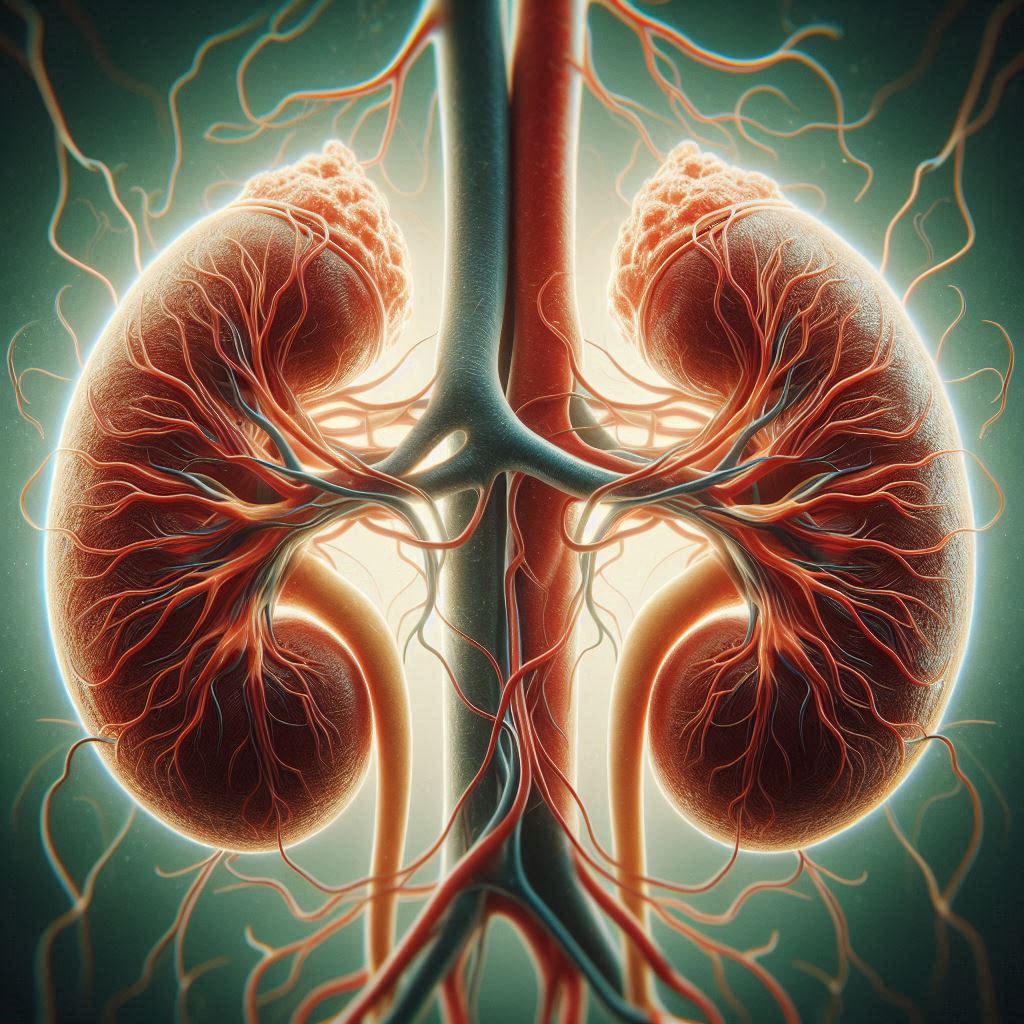The angiotensin-renin ratio (ARR) is primarily used to screen for primary aldosteronism, a condition where the adrenal glands produce too much aldosterone. Here’s how it relates to diagnosing an adrenal mass:
- Primary Aldosteronism Screening:
- Aldosterone to Renin Ratio (ARR): The ARR is calculated by dividing the plasma aldosterone concentration (PAC) by the plasma renin activity (PRA) or direct renin concentration (DRC). A high ratio suggests primary aldosteronism because in this condition, aldosterone is high while renin is suppressed.
- Diagnosis of Adrenal Mass:
- Context: If primary aldosteronism is suspected due to a high ARR, further investigation might reveal an adrenal mass. This is because one of the causes of primary aldosteronism can be an adrenal adenoma (a benign tumor) or, less commonly, adrenal hyperplasia or carcinoma.
- Confirmation Tests: After screening, confirmatory tests like the saline infusion test, oral sodium loading, fludrocortisone suppression test, or captopril challenge test can be used to confirm aldosterone excess.
- Imaging: If primary aldosteronism is confirmed, adrenal imaging (usually CT or MRI) is performed to look for an adrenal mass or other abnormalities.
- Subtyping: If an adrenal mass is found, further diagnostic steps might include adrenal vein sampling to differentiate between unilateral (one side) adenoma, which might be surgically removable, and bilateral hyperplasia, which is typically treated medically.
- Interpretation:
- A high ARR alone does not diagnose an adrenal mass but indicates the need for further investigation. The presence of an adrenal mass on imaging, along with biochemical confirmation of aldosterone excess, can lead to the diagnosis of an aldosterone-producing adenoma.
- Limitations:
- False positives can occur in conditions like high salt intake, certain medications, or other forms of secondary hypertension.
- The ratio must be interpreted in the context of clinical presentation, medication use, and other biochemical markers.
In summary, the ARR is a screening tool for primary aldosteronism, which might lead to the discovery of an adrenal mass through subsequent diagnostic steps. However, an elevated ratio alone isn’t diagnostic for an adrenal mass; it’s part of a broader diagnostic pathway.



Leave a Reply